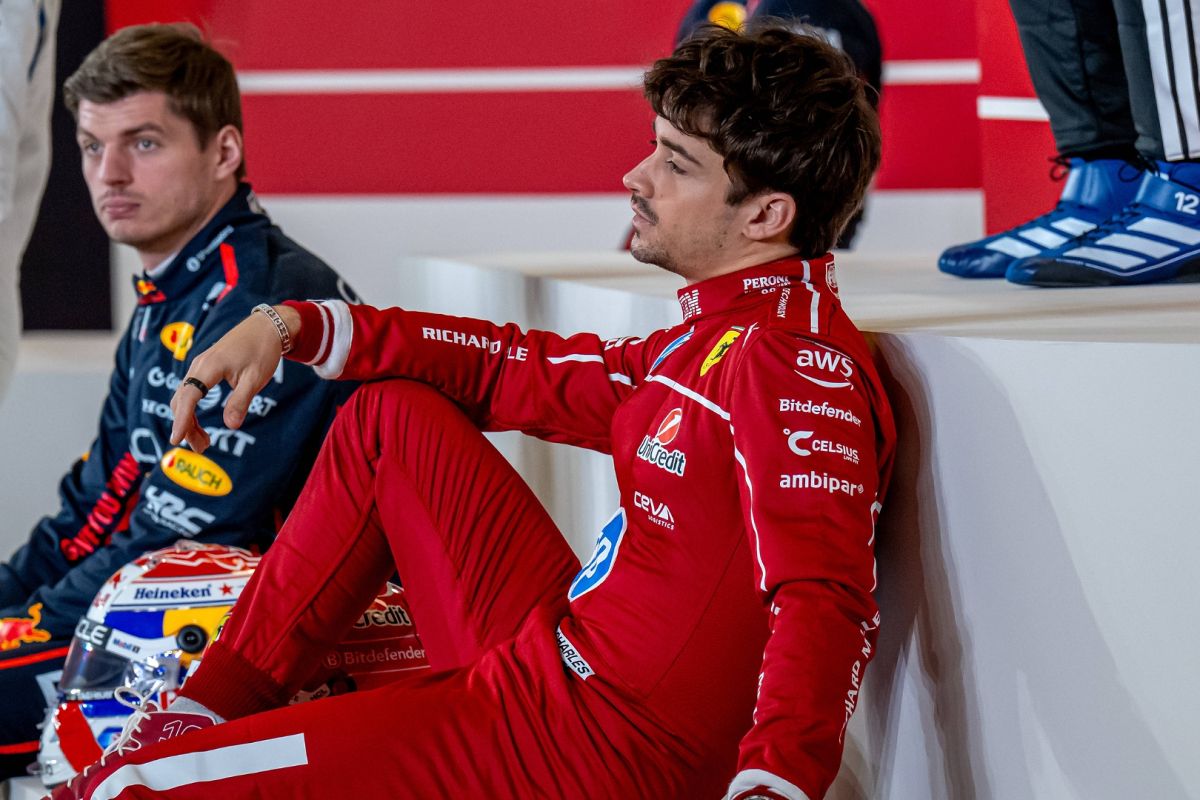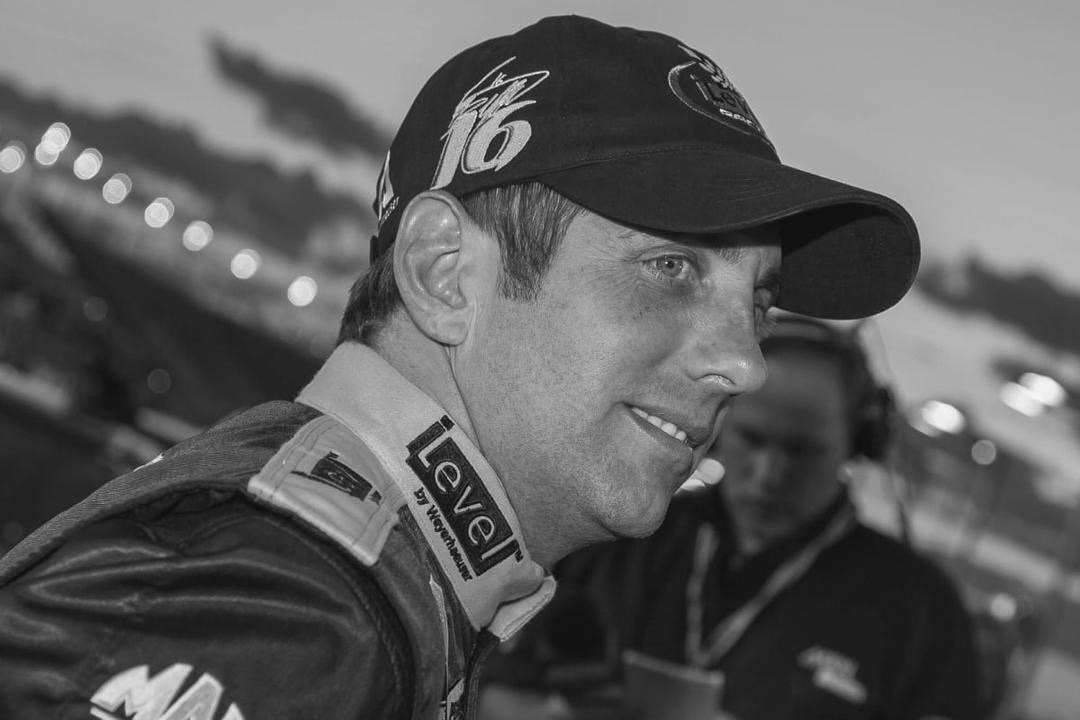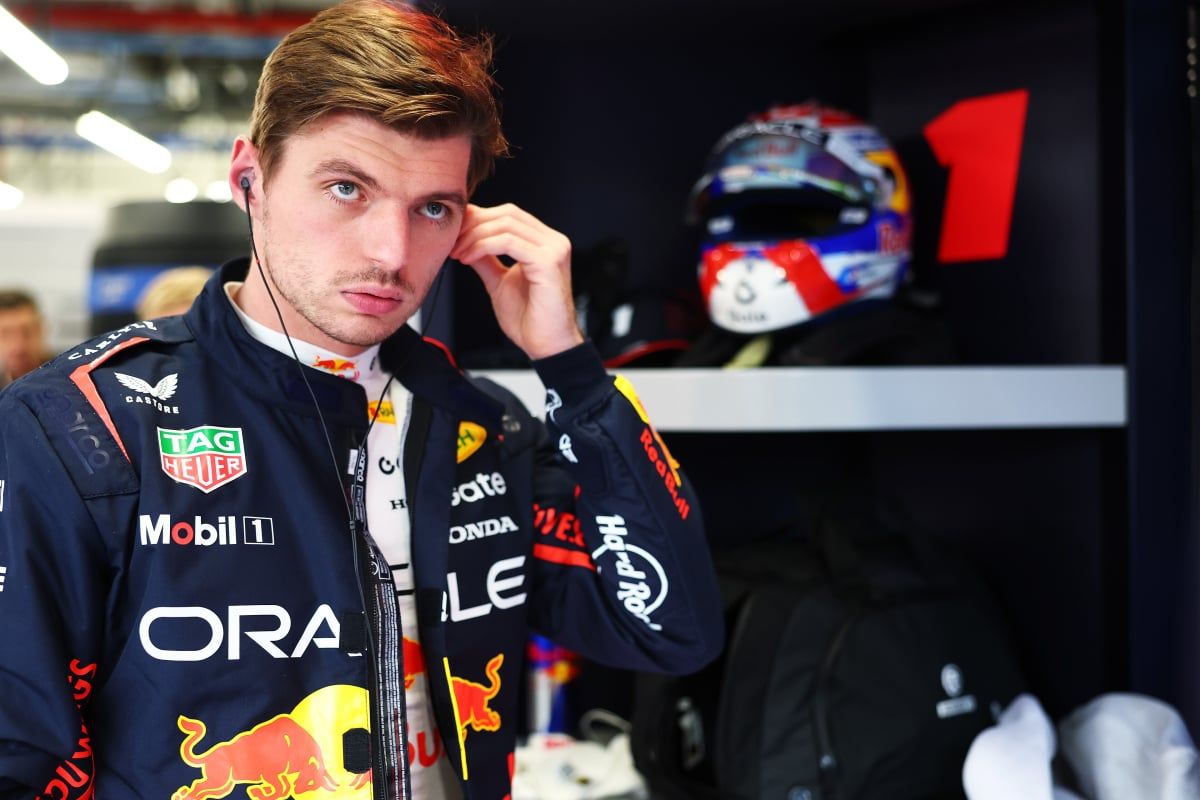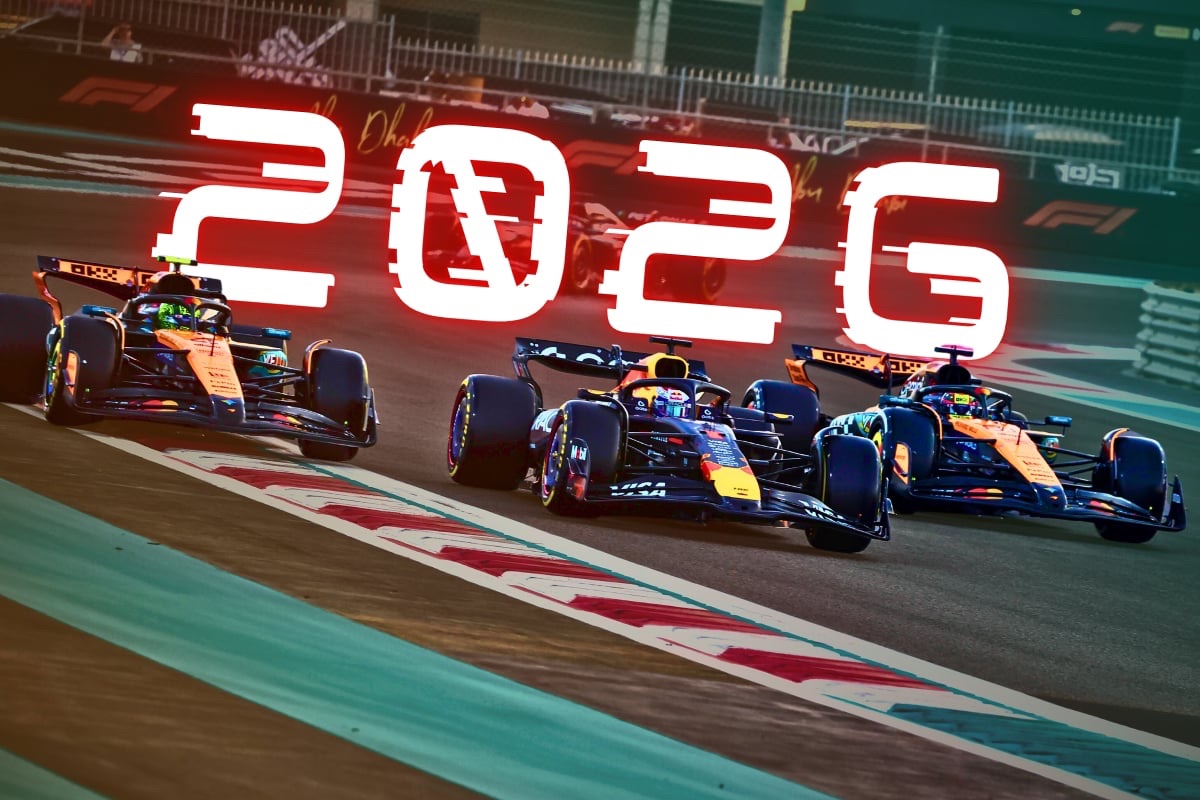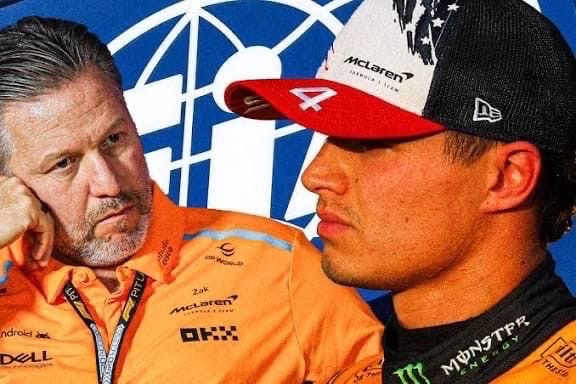Six F1 Drivers Set to Be Replaced in Bahrain GP Practice as Rookie Rule Takes Effect
The 2025 Formula 1 season is kicking off with notable changes, particularly in the opening round at the Bahrain Grand Prix. In a move that highlights the sport’s push to nurture fresh talent, six drivers will step aside for the first free practice session (FP1) at the Bahrain International Circuit. These changes come as a result of new FIA regulations aimed at providing greater opportunities for rookie drivers.
Among the key rule changes introduced for 2025, the FIA has mandated that every Formula 1 team must run a rookie driver in each of their two cars at least once across the season, totaling a minimum of four practice sessions. This means that teams must give up a significant number of FP1 slots throughout the year to allow emerging drivers to gain crucial experience at the top level of motorsport.
The term “rookie” in this context refers to drivers who have not yet started more than two Formula 1 races. By opening the door for these young talents to participate in official race weekends, the FIA is looking to bridge the gap between the junior categories and Formula 1, creating a clearer development path for future stars.
The Bahrain Grand Prix presents an ideal opportunity to start implementing this rule. Since the Bahrain International Circuit hosted pre-season testing earlier this year, many regular drivers have already had significant track time on the layout. As a result, teams are more comfortable rotating in rookies without risking a major disadvantage in terms of preparation and setup. Experienced drivers, having logged many laps during February’s testing, are well-prepared even if they miss a session during the Grand Prix weekend.
For teams, this regulation presents both a challenge and an opportunity. While sacrificing valuable practice time for their main drivers can complicate data collection and race setup, it also allows teams to evaluate junior drivers in real-world conditions. This hands-on experience could influence future driver decisions, as rookies who impress in these sessions might become contenders for full-time seats in seasons to come.
The six drivers who will be stepping aside for FP1 in Bahrain have not all been publicly named yet, but several teams have already confirmed their plans to run young drivers during the weekend. These substitutions will allow fans to catch a glimpse of the next generation of talent, many of whom have been competing in feeder series like Formula 2 or Formula 3.
This is not the only rule shakeup for 2025. The FIA has also removed the bonus point for the fastest lap in a race—a change that could have strategic implications. In previous seasons, this point often influenced late-race decisions, with teams pitting drivers for fresh tires in pursuit of the single point. Without it, teams may take a more conservative approach, focusing more on tire preservation and track position.
Overall, the 2025 rule changes appear to prioritize long-term development over short-term spectacle. By giving rookies more exposure during actual race weekends, the FIA hopes to create a more dynamic and diverse driver pool in the coming years. At the same time, the removal of the fastest lap point simplifies race strategy, potentially reducing mid-race gambles and refocusing the competition on consistent performance.
As the Bahrain Grand Prix approaches, all eyes will be on the new faces taking to the track. For fans and teams alike, it’s a chance to evaluate how the rookies handle the pressure and pace of Formula 1. If successful, this format could pave the way for even more youth integration into the sport’s highest level.
The first practice session at Bahrain is set to be a blend of seasoned expertise and youthful ambition—a fitting start to a season that promises change, opportunity, and a new wave of talent.
.
